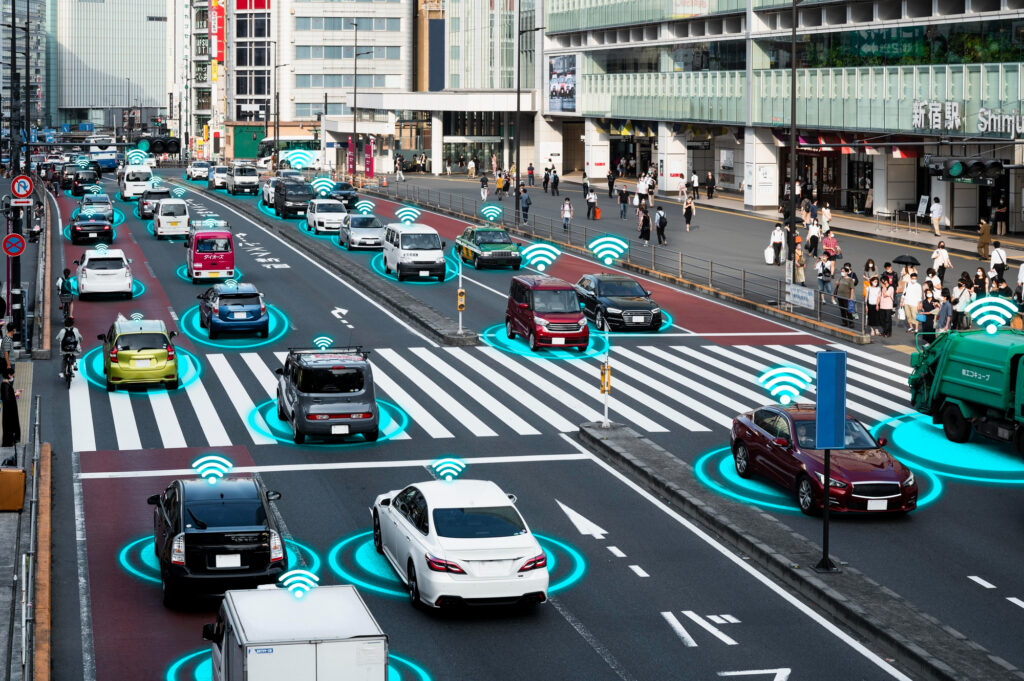In recent years, automotive technology has undergone a remarkable transformation. From lane-keeping assistance to AI-powered autonomous vehicles, the goal is clear: make roads safer and reduce accidents. This wave of innovation is particularly impactful in urban areas like Brooklyn, where road density, pedestrian traffic and unpredictable driving behavior create a complex environment.
Many of today’s most dangerous driving behaviors, including distracted driving, drunk driving, drowsy driving, speeding, reckless driving, tailgating, and poor weather conditions, can be mitigated or prevented altogether through smart vehicle technologies. As technology takes the wheel (literally and figuratively), it’s not just automakers and consumers who are adapting. Legal professionals, including Brooklyn car accident lawyers, are paying close attention to how these new systems are influencing both safety outcomes and liability standards. Especially when it comes to investigating a car accident in Brooklyn.
Smarter cars, safer roads
Advanced Driver-Assistance Systems (ADAS) have already made a significant impact in reducing accidents. These technologies include automatic emergency braking, lane departure warnings, blind-spot monitoring, and pedestrian detection systems, all designed to assist rather than replace the driver.

By reducing reliance on human reflexes alone, ADAS features significantly lower the risk of common driving errors. This is especially valuable in urban environments where obstacles can appear with little warning. For instance, adaptive headlights and cross-traffic alerts can help drivers navigate tight corners and intersections more safely at night or in poor visibility.
What’s compelling is that these systems don’t just help in the moment; they are actively collecting data to improve over time. With each mile driven, the algorithms that power ADAS systems are getting better at predicting and preventing potentially dangerous scenarios.
The rise of autonomous vehicles
While ADAS supports human drivers, the endgame for many tech innovators is the fully autonomous vehicle (AV). Companies like Tesla, Waymo, Cruise, and others are at the forefront of developing vehicles that can operate with minimal to no human intervention.
Autonomous vehicles promise a world where traffic accidents caused by human error (currently over 90% of all crashes) could become a thing of the past. These vehicles rely on a combination of LiDAR, radar, cameras and AI to perceive the environment and make real-time decisions.
However, the promise of AVs comes with new legal and regulatory challenges. If a self-driving car is involved in an accident, who is responsible? The passenger, the manufacturer or the software developer? These are not just philosophical questions; they are the kinds of issues lawmakers and insurers are now working to address.
Data as the new witness
As cars get smarter, they also become prolific data generators. Today’s vehicles can track and store a wide range of information: speed, acceleration, GPS data, driver behavior and even detailed footage from onboard cameras.
This data is increasingly vital in the aftermath of a collision. Insurers and legal teams now rely on it to reconstruct accidents, verify claims and establish fault. It’s a paradigm shift in how traffic accidents are evaluated and litigated.
However, this also introduces concerns about data privacy and ownership. Who controls the data, the driver, the manufacturer or a third-party app? Ensuring that this data is used ethically and transparently will be crucial as it becomes a fixture in modern accident investigations.
Balancing innovation with responsibility
There’s no doubt that technology is reshaping the driving experience for the better. But as we shift more responsibility from human drivers to automated systems and data-driven decision-making, accountability must evolve as well.
This means new roles for developers, legislators, insurance providers and yes, legal experts. Understanding how these technologies function and sometimes fail will be key to ensuring a fair and functional transportation ecosystem.
A smarter, safer future
We are standing at the intersection of innovation and responsibility. Emerging automotive technologies are creating safer roads, smarter vehicles and more efficient cities. But with that progress comes a need for updated legal frameworks and informed professionals ready to navigate the changing landscape.
As vehicles become more connected, autonomous and intelligent, society must work together to ensure these advancements serve everyone safely and fairly. The road ahead is digital and we all have a stake in making sure it’s a safe one.

